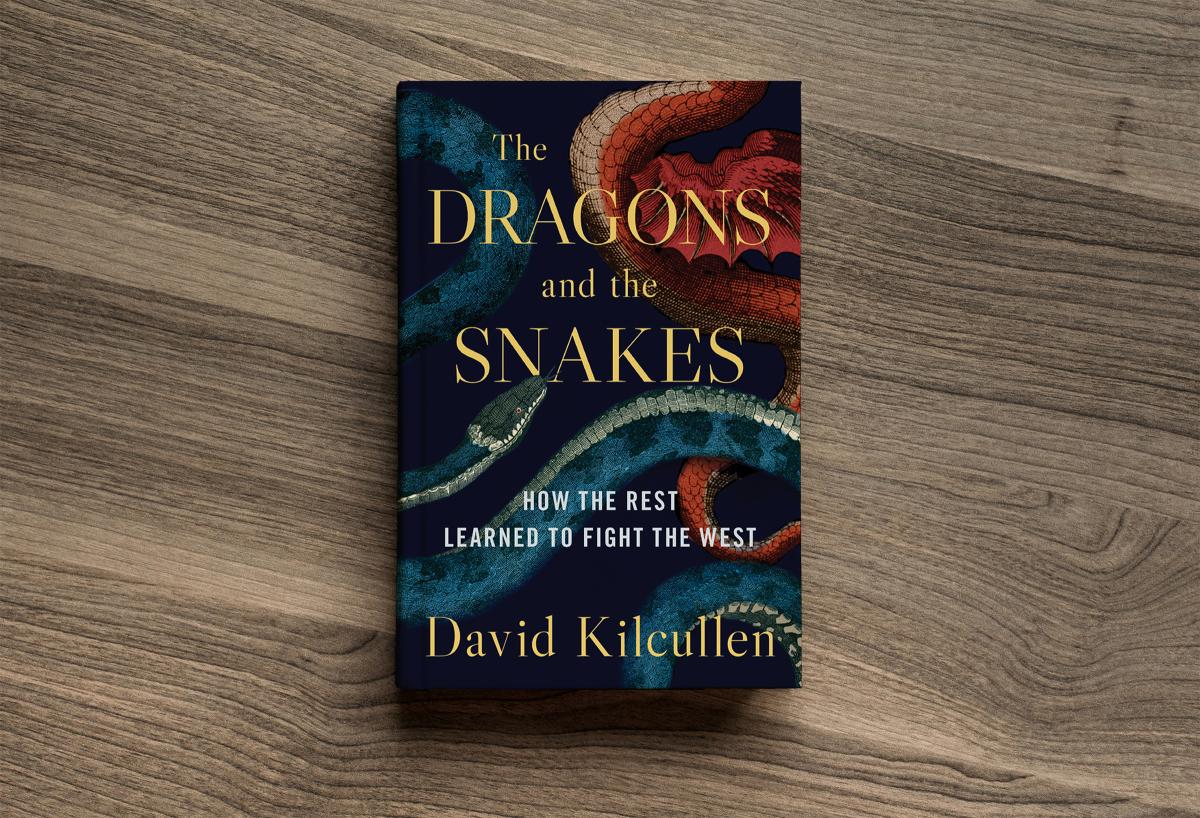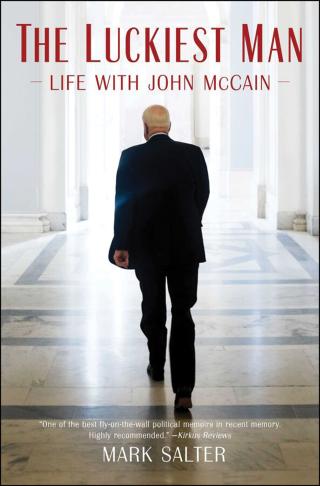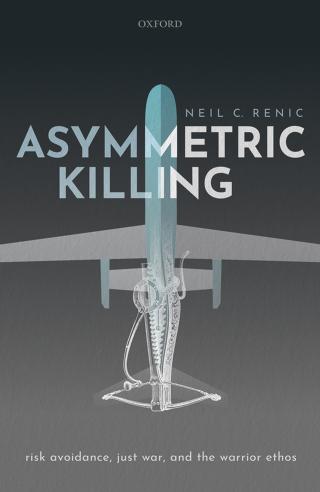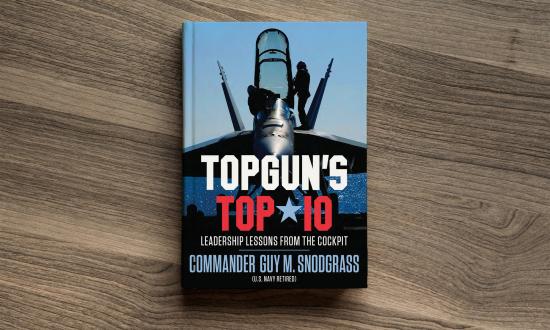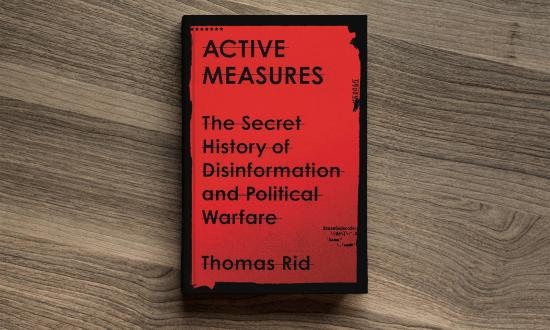The Dragons and the Snakes: How the Rest Learned to Fight the West
David Kilcullen. New York: Oxford University Press, 2020. 261 pp. Notes. Biblio. Index. Illus. $27.95.
Reviewed by Commander Jason D. Shell, U.S. Navy
In The Dragons and the Snakes: How the Rest Learned to Fight the West, author David Kilcullen, a former Australian infantry officer, counterinsurgency advisor to General David Petraeus, and author of The Accidental Guerrilla: Out of the Mountains and Blood Year: The Unraveling of Western Counterterrorism, makes his pivot to great power competition. Here, he applies his experience in irregular warfare to explore how Russia and China have adapted to the West’s military dominance since the end of the Cold War. Kilcullen frames the book with former Director of Central Intelligence James Woolsey’s 1993 remarks before the U.S. Senate that the United States had slain a “great dragon” in the Soviet Union but faced a jungle with a “bewildering variety of poisonous snakes.”
Using insights from evolutionary biology, Kilcullen traces how counterterrorism pressure on al Qaeda, the Islamic State, Hezbollah, and Hay’at Tahrir al-Sham (Woolsey’s “snakes”) can account for the groups’ evolutions into more fit versions of themselves. In his telling, the military behavior of Russia and China (the dragons) since the end of the Cold War also can be explained as adaptive responses to Western military dominance within the “fitness landscape” of the international system.
Russia’s brand of “liminal” warfare, Kilcullen’s refinement of the “gray zone” concept, rides the threshold of detectability, never escalating quite enough to provoke a response. Similarly, China now pursues what he terms “conceptual envelopment” of the West, broadening the scope and methods of warfare beyond the ability of adversaries to cope with or even recognize the challenges presented. Whereas Russia now escalates vertically and liminally, surfing the edge of a Western response, China escalates horizontally, hoping to present the West with a fait accompli as it advances.
Kilcullen concludes with three options for the West. The first, “doubling down,” posits an unsustainable status quo that seeks to maintain military primacy in each domain of conflict. The second, “embracing the suck,” concedes influence to the dragons and snakes to preserve limited resources. The third, “going Byzantine,” is patterned on that empire’s centuries-long management of its adversaries through affordable and sustainable military methods, rather than short-term battlefield dominance. Kilcullen clearly wants to go Byzantine. Readers will want him to further develop this idea.
The Dragons and the Snakes is most original early on, as Kilcullen applies concepts from military sociology and evolutionary biology to explain how small insurgent groups and large military institutions respond to pressure. The balance of the book, however, surveys the past 30 years of conflict with superficial reference to these earlier concepts. Kilcullen’s concluding options stray further. They may fit well for a book on grand strategy, but they draw little on the adaptation dynamics developed early on.
Ultimately, Kilcullen seems stuck where the rest of us in the West’s militaries are. We know our adversaries have adapted. We know we must do so, too. We also know we are not, institutionally, as adaptive as we must be. We still have not fully articulated the alternative. Kilcullen does not deliver that alternative, but he does compellingly reinforce the conclusion that the West requires one.
Commander Shell is a Navy explosive ordnance disposal officer.
Missionaries
Phil Klay. New York: Penguin Press, 2020. 415 pp. $28.
Reviewed by Admiral James Stavridis, U.S. Navy (Retired)
Phil Klay’s searing new novel is about Colombia, a fresh venue for him after serving and writing about the Middle East as a U.S. Marine Corps officer. He won the National Book Award in 2014 for his brilliant collection of short stories, Redeployment, about U.S. involvement in Iraq. His debut novel, Missionaries, is a sprawling portrait of the war in Colombia from both a U.S. and Colombian perspective and is both powerful and subtle. Klay brings his military and journalistic background to the central question of the novel: Is the United States doing any good in its foreign engagements? Are these “missionaries” helping or hurting?
Having served as Commander of U.S. Southern Command for three years, this is familiar terrain for me. I spent more time in Colombia than any of the other 38 countries and territories of the region, and came to know it well. The guerrilla war that raged there for more than half a century nominally ended with the 2016 peace agreement negotiated by the government of then-President Juan Manuel Santos (a close friend and colleague to this day). Unfortunately, deep-seated violence and drug production continue to plague this beautiful country. It is a hard place to understand for an outsider. So I opened Missionaries wondering how close the author would come to describing this complex war and found a pitch-perfect evocation of La Violencia that will help readers understand how difficult it is to snuff out a war.
Klay uses four central characters to lay out the tapestry of the conflict: Lisette, an experienced American journalist who manages to be both cynical and naïve in Colombia following her stint reporting from Afghanistan, which opens the book; Mason, a special forces medic who has seen way too much terrible violence in his combat tours in America’s “forever wars”; Juan Pablo, a relatively sophisticated and thoughtful lieutenant colonel in the Colombian Army; and the most damaged of the four, Abel, a young victim of extreme violence who becomes a paramilitary himself. The first part of the book consists of each telling his or her backstories. The second half quite seamlessly shifts to third person and relates how their stories weave together.
What makes Missionaries so readable and informative is the depth of research into the challenges of Colombia. For someone who has not spent considerable time in the region, Klay captures both the zeitgeist of the conflict and the individual Colombian personalities as well. Some of the hardest scenes to read are brutally real incidents from the conflict, including the mayor of a rebellious town being sawed in half with a chainsaw. Colombia at the height of the insurgency is not for the faint of heart, nor therefore is this powerful book.
Both American characters are highly recognizable and well rendered. Lisette, the journalist, has seen her share of violence and complexity and is looking to find an honest and meaningful story. I have met many “Lisettes” in Iraq, Afghanistan, Colombia, and elsewhere; we should admire and be grateful that reporters are willing to risk real danger to tell the stories of what is happening on the ground. Mason, the special forces medic, is a kind of voice and connection between Colombia and the Middle East. All wars are terrible, and in the end—like politics—all violence is local. They represent the conflicted, imperfect, and inefficient “missionaries” of the title: Trying to do what they can in the face of daunting pain and bitter hatred that seem to spin out forever.
Can the idea of the United States helping create security in war-torn nations through interventions be real? Certainly it appears less hopeful than one might have thought a couple decades ago. As Mason says, “Special Forces, which was supposed to be the unit of warrior-diplomats, of language and culture specialists who could learn the cultural terrain, build up host-nation forces to fight so Americans didn’t have to, was already becoming more and more a direct-action unit.”
Yet the uber-story of Colombia is marginally better, at least thus far, than Iraq’s or Afghanistan’s. There might be lessons to be learned about how to find the balance in creating effective “missionaries” in all these venues. But Klay remains appropriately skeptical. By the end of the novel, the stories come full circle and knit together, and the violence simply continues. As Juan Pablo says, “The global, interconnected system that generated the wealth and the technology ultimately would determine the fate of this war, and the wars to come. That system was civilization. It was progress.” The question for the United States is whether it wants to continue sending missionaries forward and if we can find any “progress” at all in any of it. If this is “civilization,” perhaps we should start over in our thinking about what we want to achieve.
This novel is essential reading for anyone grappling with that most difficult of 21st-century questions.
Admiral Stavridis is Chair Emeritus of the U.S. Naval Institute Board of Directors. He has served as Commander of European Command and as Supreme Allied Commander, Europe.
The Luckiest Man: Life with John McCain
Mark Salter. New York: Simon & Schuster, 2020. 557 pp. Index. Illus. $35.
Reviewed by Captain David L. Teska, U.S. Coast Guard Reserve (Retired)
At the start of his intimate and personal political memoir of the late Senator John S. McCain III, Mark Salter makes it clear his intention was to “defend his reputation, as I did in one capacity or another while he was alive. I won’t present a false portrait of the man, puffing up his virtues and denying his defects.”
Salter wrote from a very exclusive vantage point, having worked for McCain, who died in 2018, for nearly 20 years, both on his Senate staff and during his two runs for the presidency in 2000 and again in 2008. McCain and Salter had a long literary collaboration, having cowritten seven previous books, including a deeply introspective memoir, Faith of My Fathers, in which McCain reminisces on his family’s Navy legacy and the lessons it imparted to him.
McCain’s experience in the Navy as a naval aviator and POW in North Vietnam for more than five years played a pivotal part in his post-Navy career. He would continue his proclivity for rebellion into politics, sometimes voting against his own party, working across the aisle as he did with Senator Russ Feingold on campaign finance reform, or as a member of the “Gang of 14.” Salter recounts also how McCain’s cross-party actions sometimes had unintended consequences, such as when Senator Ted Kennedy approached him in February 2001 with the idea of switching parties, a move Salter says McCain didn’t seriously consider but was “interested that they are interested.” McCain would even ask former Presidents Barack Obama and George W. Bush to eulogize him at his funeral.
One of the more striking examples of his maverick nature Salter recounts was McCain’s personal passion for the Ukrainian people as they sought to forfend Russia’s aggressive actions and political meddling. On his first trip to Ukraine with Senator Chris Murphy in December 2013, the two witnessed a demonstration in Kiev that McCain filmed on his iPhone and would later show to anyone he encountered.
True to his word, Salter does upbraid McCain for lapses in judgment, such as his involvement with the Keating Five scandal, in which he was one of five senators involved with Charles Keating Jr. of Lincoln Savings and Loan Association. McCain met with federal regulators on their investigation of Lincoln Savings, a decision he later regretted.
Sadly, the more insightful and personal portion of the book comes after Salter left working full time for McCain after his 2008 presidential run. In July 2017, McCain underwent surgery (a craniotomy) to remove a blood clot over his left eye. In doing so, doctors discovered the existence of glioblastoma, an aggressive brain tumor. Salter’s account of McCain as his cancer spread and became fatal is warm and sensitive. True to the reputation that would become his legacy, McCain was feisty up to the end of his life. In a speech in July 2018 before the Senate, as it debated legislation to replace the Affordable Care Act, McCain spoke forcefully to his colleagues. He pleaded for the Senate to “return to regular order. . . . This place is important.” He said, “The work we do is important.”
John McCain was a complex individual who evolved and changed during his many years of public life. Salter has done a worthwhile job depicting McCain’s life of service, both as a Navy officer who gave much and as a politician who strove to continue to serve, sometimes stumbling but always getting back up and continuing to act honorably in service of something more important than himself.
Captain Teska retired from the Coast Guard Reserve in June 2015. He works for the Cybersecurity and Infrastructure Security Agency (CISA) in Kansas City, Missouri.
Asymmetric Killing: Risk Avoidance, Just War, and the Warrior Ethos
Neil C. Renic. Oxford, UK: Oxford University Press, 2020. Notes. Refs. Index. $85.
Reviewed by Lieutenant Brendan Cordial, U.S. Navy
Neil Renic is a researcher at the Institute for Peace Research and Security Policy at the University of Hamburg. In this approachable treatise, he argues that the modern phenomenon of the United States’ unmanned aerial vehicle (UAV) campaign against nonstate actors in the Middle East may render incoherent the existing moral and ethical justifications for killing in war. Although ultimately unpersuaded, I recommend the book to military and defense professionals as a well-reasoned take on the moral underpinnings many of us take for granted—but which are foundational for those who serve the profession of arms.
Renic first discusses the two primary philosophical justifications in Western thought for killing in wartime. The first, and older, stance is what Renic describes as the “warrior ethos” and is agent focused—the warrior on the battlefield is justified in killing the enemy because that enemy poses an existential risk to the warrior himself. This warrior ethos, although presenting itself in various cultural milieus, glorifies the risk and virtue of the soldier acting in the heat of battle. The warrior fights for king (or constitution) and country, but his violence is done in a very specific circumstance with a reasonable expectation of personal risk or harm. War can be considered an exemplar of the warrior ethos, according to Clausewitz, as a large-scale duel. Violence outside this appropriate context—where at least a measure of personal risk accompanies the warrior’s killing—is taboo.
The second justification for killing in war is that provided by the “just war” theory and is more target (the liability of the person being killed versus the one doing the killing) focused. Just war theory asserts that in certain conditions, killing another human being is not just permissible, but obligatory for those of good faith.
Once the threshold for a just war has been met, the primary considerations are maintaining an appropriate level of discrimination and proportionality to meet the objectives of the “just” side. Thus, members of an aggressive armed force perpetuating unjust violence against a state’s legitimate concerns (safety of its citizens, territorial sovereignty, etc.) are legitimate targets of violence—without so much concern over the personal risk incurred by those doing the violence. With just war, however, the assumption is that the individual being killed is personally doing, or can be reasonably considered part of a group doing, harm to the aggrieved side. In both the warrior ethos and just war camps, violence against noncombatants is strictly prohibited, although with certain exceptions.
Once these conventional approaches have been discussed, Renic then posits that the United States’ recent killings in the Middle East, almost exclusively using remotely controlled UAVs, are so detached from the moral and ethical assumptions on which both the warrior ethos and just war theory are predicated, as to make such violence categorically illicit. The author queries whether the primarily low-level actors killed by UAVs can reasonably be seen to pose any substantive reciprocal risk to the UAV pilot (warrior ethos) or the United States and its citizens (just war) more generally. Last, he notes that an inability for those targeted and “hunted” by remotely controlled UAVs, and the tendency for the purposeful targeting of noncombatants, may increase as they view U.S. actions as already violating the “rules” of war. Thus, an aversion for casualties within the armed services may be actually transferring risk to the citizenry and nation they are sworn to protect.
Again, a thought-provoking work worthy of consideration.
Lieutenant Cordial is serving his first department head tour on board an Arleigh Burke–class destroyer.



